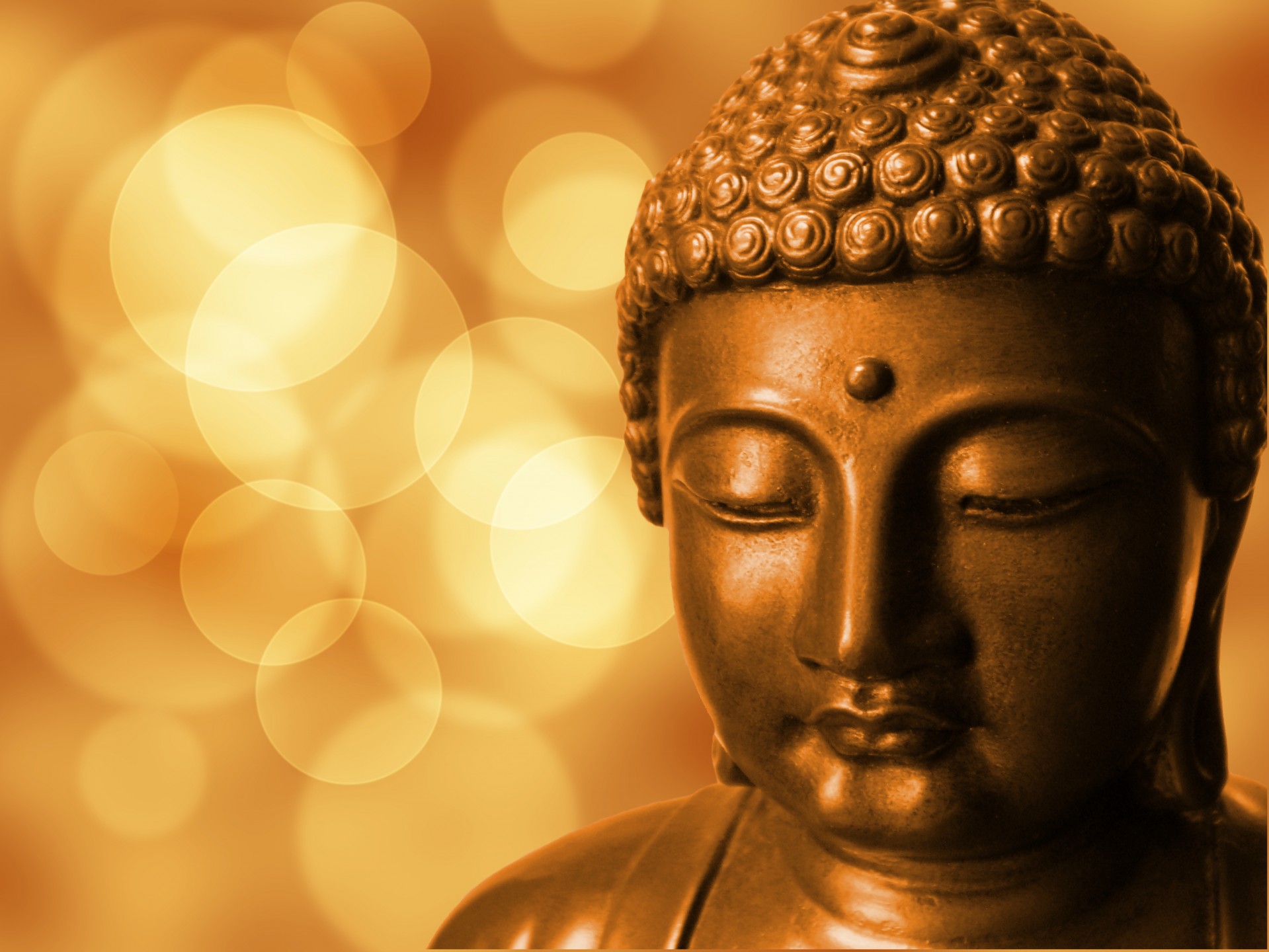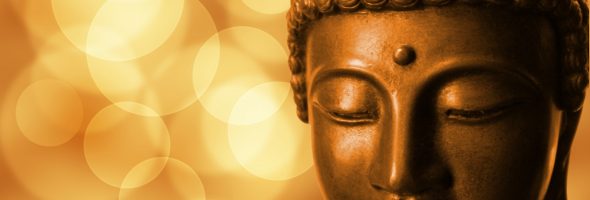I haven’t historically been very consistent or disciplined in meditation. I hope to change that as I remember one of my first experiences of doing it in a group setting. I was still on the first leg of my journey of The Rucksack Letters, and stopped for a visit at a Buddhist monastery in Georgia.
Not all that glitters is gold. Not all that wander are lost.
-J.R.R. Tolkien – The Fellowship of the Ring
 It took him no time and few words to escort me back onto the porch where he sat cross-legged on one end of the bench, his smile alone as an invitation to join him. I straddled the other end of the bench in true American fashion. In labored English, he told me about monastic living and Buddhist ways, about the four noble truths and the eight-fold path, repeating himself often for words I didn’t understand. We talked about Kung Fu movies and how often people had asked him, a man of peace, to teach them the martial arts. There is something pure in the laugh of a Buddhist monk. It was almost surreal as he told and laughed at jokes I didn’t understand but laughed at anyway.
It took him no time and few words to escort me back onto the porch where he sat cross-legged on one end of the bench, his smile alone as an invitation to join him. I straddled the other end of the bench in true American fashion. In labored English, he told me about monastic living and Buddhist ways, about the four noble truths and the eight-fold path, repeating himself often for words I didn’t understand. We talked about Kung Fu movies and how often people had asked him, a man of peace, to teach them the martial arts. There is something pure in the laugh of a Buddhist monk. It was almost surreal as he told and laughed at jokes I didn’t understand but laughed at anyway.
He was one of two full-time monks at the monastery. He became a novice, like the Golden Child inside, at twelve and a monk at twenty. That was thirty-five years ago, for the last seventeen spent here. There were also two novices and a part-time monk here only for a month.
We talked a little about my journey, and he described it as “samvega,” which means that you realize that life doesn’t make sense, but must try to make sense of it anyway. At least that is my interpretation. He told me that balance must be gained by reaching “pasada,” clarity and serene confidence in life’s journey.
We talked for hours like this when he offered me a place to stay and a hot shower, which was a spiritual experience in its own right after a week of bathing in a creek. He allowed me some time to myself after that, and I found some picnic benches out back where I read the books I had been given and pursued my dharma, the Buddha’s life purpose.
There were aspects of Buddhism that drew me but many I couldn’t agree with. The first of the Four Noble Truths is that all life is suffering, which brings me pause after the serenity I’ve felt over the last few weeks. The second truth is that suffering is caused by desire. The third is that the suffering can be stopped, if you cease to desire. This is accomplished by following the fourth Noble Truth, the eight-fold path to righteousness – right belief, right aspiration, right speech, right conduct, right livelihood, right endeavor, right memory, and right meditation. I don’t claim to be enlightened, by any means, but I’m starting to understand.
At eight o’clock, the chanting began. The monks and novices, all dressed identically, knelt on burgundy pads and faced the altar where candles burned in Siddhartha’s lap. There was one other person there with skin as light as mine, and I was amazed at how fluidly she spoke Thai with the few other people there.
I found a white pad to sit on and attempted the lotus position the monk had shown me earlier. I only managed the half lotus, but that was enough for my first time. The American woman slid a book in front of me and let me know the chants we would be doing. I noticed that everyone else was on bended knees so I quickly slid my legs under myself to match their position and struggled to keep up.
The chants were written in phonetic Thai and were translated into English directly below. Trying to simultaneously read both, I was lost by the second stanza, and opted to just go with the flow, trusting that God wouldn’t strike me down if I said something wrong. We chanted for several minutes – they chanted, I mumbled – bowing occasionally for reasons I still don’t know.
When we finished, I followed them back into the lotus position and focused on my breathing as I had been taught to meditate. Planes flew overheard, and birds sang in the trees, but the room was silent and still. I breathed in. I breathed out. My own mind raced against me, carrying me to thoughts of tomorrow and memories of yesterday. I focused back to my breathing – being here, being now. My mind would sway, and I would ardently come back. Meditating on nothing is hard.
I finally began to get lost in myself, when my posture began to slump, and my back began to ache. I remembered the Marines billboard I had seen earlier in the day that said pain was weakness leaving the body. I breathed in. I breathed out. Forcing myself to remain steadfast in posture and attention, barely moving a muscle, I struggled for tranquility.
My legs were slow to move when the timer went off at 8:45. The monks put their mats back and left the room to busy themselves with other things, as I moved my legs to slowly regain feeling. I’m not even in good enough shape to be a monk, and I want to walk across the country.
I found the younger monks in the kitchen making hot chocolate, and I sat and talked with the older one. He was the part-timer – a 21-year-old college student making his third and last visit to the monastery. We talked about Buddhism and philosophy, Christianity and religion. The differences and the similarities mingle so closely. There was a painting of Siddhartha, who became enlightened and is now called the Buddha, sitting under a tree, an aura of gold around his head. The young monk pointed out the similarities between that and the paintings of Christ with his halo. He wasn’t so bold as to say they were the same and didn’t have much to say about Jesus at all. But he felt that the painted auras were more than just an artist’s rendering. And I must say that I have to agree with him.
I’ve heard it said that Jesus was Buddha for the West, as Buddha was Jesus for the East. Like the young monk, I can only point out that the message of peace, love, and acceptance inherent in both when used as a philosophy and way of life are far more beneficial to the human condition than the legends and stories that have been written about them since. The monk and I were better off discussing the similarities than squabbling over which one is right.
This is an excerpt from The Rucksack Letters. Get your copy now!

